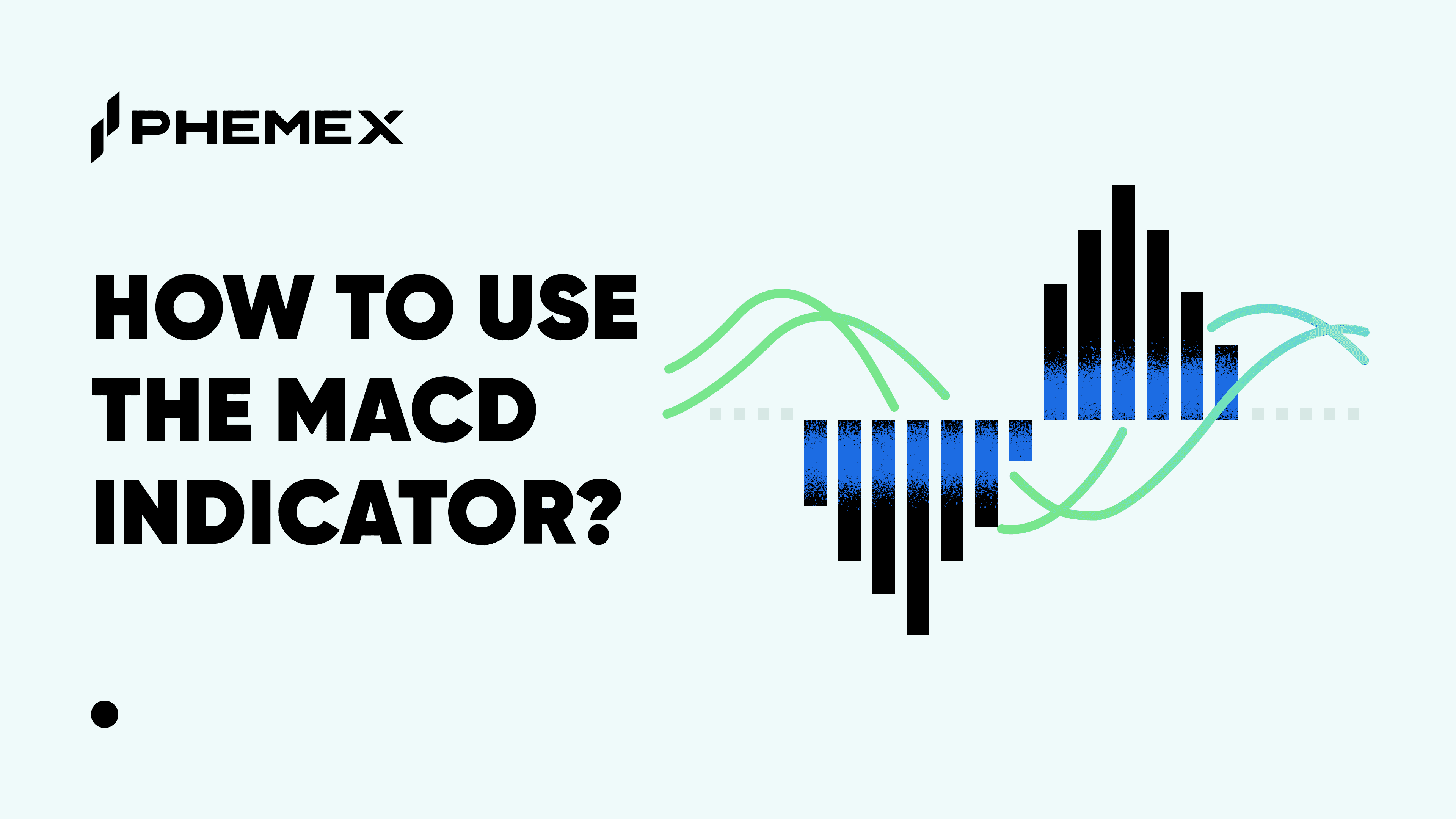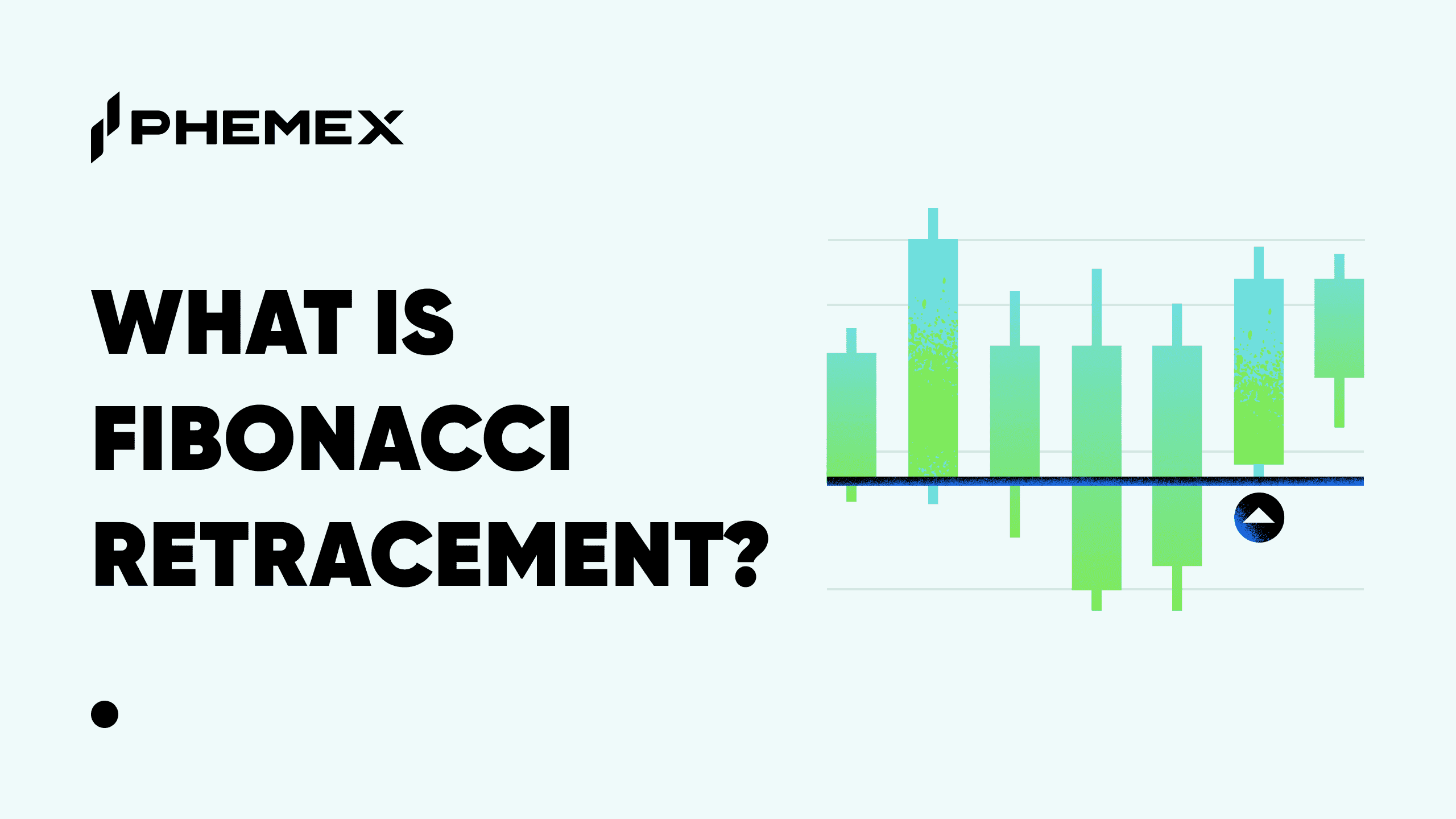Summary
- What is a pivot point in trading: Pivot points are indicators that assist in the identification of a cryptocurrency or other asset’s overall trend.
- Pivot points are by no means the most popular technical indicator, but many traders find them useful when combined with other technical indicators, such as moving averages or Fibonacci levels.

Pivot point definition
Pivot points are indicators used in technical analysis — primarily by day traders — that assist in the identification of a cryptocurrency or other asset’s overall trend.
What is a stock pivot point?
A stock pivot point, as they are commonly called, is calculated through a relatively basic average of an asset’s intraday high and low, in conjunction with the previous day’s closing price. Put simply, if a cryptocurrency is trading above the pivot point, it is presumed to be bullish. Conversely, if an asset is trading below the pivot point, it is assumed that a bearish trend will continue.
In addition to incorporating an asset’s high, low and previous close, pivot points also make use of projected support and resistance levels — places where traders anticipate that a cryptocurrency may find buy support or sell pressure. Breaking through these levels indicators to pivot traders that the asset is trending in either a bullish or bearish direction.
How to identify pivot points?
How are pivot points calculated
To start with, the technical formula for the calculation of pivot points is as follows:
Pivot point = (High + Low + Close) / 3
Resistance 1 = (pivot point × 2) − Low
Resistance 2 = pivot point + (High − Low)
Support 1 = (pivot point × 2) − High
Support 2 = pivot point − (High − Low)
Let’s assume that we are calculating a pivot point on Tuesday. If this is the case, we must take the high, low and close from Monday.
First, we add the high, low and close prices together. Afterwards, we divide this sum by three and mark this price on the chart as the pivot point.
Now that we know the pivot point, we are able to calculate two levels of resistance and support using the formulas provided above.
Alternate calculations of the pivot points
Some technical analysts calculate pivot points using a variation that includes the opening price of an asset into the formula. As such, the formula looks like this:
Pivot point = (today’s opening + yesterday’s high + yesterday’s low + yesterday’s close) / 4
Naturally, incorporating the opening price into the equation changes the two support and resistance levels.
Additionally, some technical analysts have created their own — and more-complex — variations of pivot points — though some feel that the more-complicated varieties detract from the indicator’s ease-of-use.

Pivot points and related resistance/support levels outlined on the Bitcoin CME Futures chart. Source: TradingView
How to use pivot point indicators?
Pivot points are intraday indicators that may be used for trading a wide variety of assets and instruments. However, it is important to note that they are static and do not move throughout the day — unlike other technical indicators, such as moving averages and oscillators. This provides a notable advantage, as traders are able to identify their intraday trading plan in advance.
Generally, pivot-point technical analysis traders may look to short a cryptocurrency if its price falls below a pivot point early in the day. Alternatively, Bitcoin pivot traders may look to enter long positions if the opposite happens and BTC rises above the pivot point. The two resistance and support levels may then be used as potential targets for profit taking or the setting of stop losses.
However, as is the case with all technical indicators, pivot points are best used in conjunction with other technical indicators in a well-defined trading strategy. For example, if a support or resistance level also coincides with a Fibonacci level, a trader may find that level bolstered and more-valid. The same principle applies to popular moving averages.

Pivot points (orange) and Fibonacci levels (white) overlaid on the Bitcoin CME Futures hourly chart. Source: TradingView
An example of using the pivot points with the Fibonacci levels
Using the above chart as an example, we can see that the price of Bitcoin CME Futures could potentially be bolstered around the current pivot point near $52,000, since there exists a Fibonacci level at $51,000. This could mean that traders eager to buy or enter a long position may be keen on doing so in the $51,000 to $52,000 range. Bearish traders, meanwhile, may look to close out a short position around the second support level near $42,000, since it is also in close proximity to a key Fibonacci level.
Conclusion
Pivot points are relatively simple indicators used in technical analysis that may allow traders to plan out their intraday strategy in advance. Calculating them is very easy, even for someone who is completely new to trading.
Pivot points are by no means the most popular technical indicator, but many traders find them useful when combined with other technical indicators, such as moving averages or Fibonacci levels.
It is also important to remember that pivot points are inherently predictive — meaning that they do not ensure correctness. As is the case with all technical indicators, they do not guarantee profitable results
Read More
- What is The Point and Figure Chart (P&F) For Bitcoin: Historic Charting For The Modern Trader
- What is Point of Control: How to Use PoC in Crypto Trading
- Uptrends and Downtrends: How to Spot and Trade Them?
- How to Trade With The Psychological Levels in Crypto Market?
- Swing Trading Crypto: What are the Best Indicators for Swing Trading?
- How to Read Crypto Charts: Learn Trading Chart Patterns
- What Is Trend Trading: Following the Market When It Pays
- What are Highs and Lows in Trading: The World of Financial Highs and Lows








